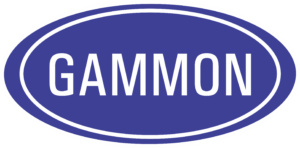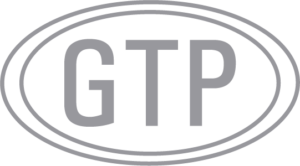These GamGrams have covered a wide range of subjects but we never really faced the most important question – Will it fly? Can “Joe” on the end of the hose answer that question? Does he actually believe that he is responsible for every airplane he sends off to the “wild blue yonder”?
We have talked about filter separators and how to interpret their peculiarities. We have discussed control valves, system designs, static hazards, gravity and testing methods. We even talked about “Bugs” in fuel and the science of sampling, but we never told anyone how to make that last, vital inspection. Maybe the reason is that it is so difficult to write an article that can be covered by one word: “LOOK.”
The US Navy has been criticized, rebuked and belittled for its slowness to accept some new methods. For example, it is possibly the last organization in the entire world to consider the filter membrane test as a field method for detecting contaminated fuel. If it seems curious to you that their airplanes don’t fall out to the sky, you will be astounded to learn about their “highly scientific” inspection system; they actually take a sample of fuel in a glass jar from a special fitting on the nozzle and look at it. They even show it to the pilot! “Hey – Fly Boy – does this meet with your approval?”
YOUR OWN EYES are the most reliable inspection instrument that you will ever find. There is no substitute!
Just by LOOKING you can identify all of these contamination problems:
Clear and Bright – this is the test that some of the oil companies have urged as a final inspection. Of course, they don’t tell you how to get a sample from a pressure fueling nozzle! And just try to get a small sample in a glass jar from an overwing nozzle! Good fuel that has no water in it will sparkle. It simply looks right. The slightest haze caused by water will take the sparkle away. “SPARKLE” is what “BRIGHT” means.
The problem with words like “Bright” and “Sparkle” is that there is no accepted way to measure it. Old timers have used a piece of newspaper. They hold it against a jar on the opposite side and try to read the words through the fuel.One method we like was developed by Colonial Pipeline Co.. They scribed black lines on a card using different widths of pens. Each line is numbered. The narrowest line that is visible when viewed through the jar is the haze rating. When you see this test, the real meaning of brightness begins to be understood. We have reproduced in miniature a copy of the chart that is printed by Colonial Pipeline.

Haze is almost always caused by water and if you can see it, you can be assured there is more water in the fuel than is safe to fly. If you don’t have the chart that Colonial publishes and you are afraid to guess the sparkle in a sample of fuel, there is still another way – the coin test. Drop a copper coin in a white bucket having 4 inches (100 mm) or more of fuel. If you can see the coin clearly enough to identify the side that is up, the fuel is probably safe. The test is surely not sanctioned by any world authority and it has no scale of measurement, but the originators of it, United Air Lines, have used it successfully for many years. One big problem is that dark colored fuels, such as from the Alaskan North Slope, are difficult to see through – but if your fuel is white or the common straw color, it is a useful test.
Pilots are taught to check their fuel tank sumps for evidence of water and dirt. Unfortunately, some pilots and even some airlines never perform this important inspection. This makes it more important for the “guy with the hose” to know that the fuel he pumps is good. All he has to do is LOOK at a sample of fuel he can drain from the sump of the filter on his refueler immediately after he finishes pumping. This is the F.S.S.S.I. Test. (Filter Separator Sump Sample Inspection).
This practice is used extensively outside of the USA and should be used everywhere. The logic of this procedure is that the most likely place for water and dirt to be found is in the sump of the filter separator. If water is found, you cannot be certain that none got into the aircraft but you can insist then that the aircraft sumps be checked.
Some people will argue that the sump will not have water in it if the coalescer elements have failed; therefore, water could be in the aircraft without water being found in the sump. Our response is “BUNK”. Our experience shows that coalescers rarely fail completely — and if they do fail, a haze will be seen in the sump sample.
If I had the power to make laws or regulations, I think I would start with one that requires either the FSSSI test or that the aircraft tank sumps be checked after every fueling operation.
After having read all of the words in this GamGram, you will now understand that the entire subject can be summed up in one word –

